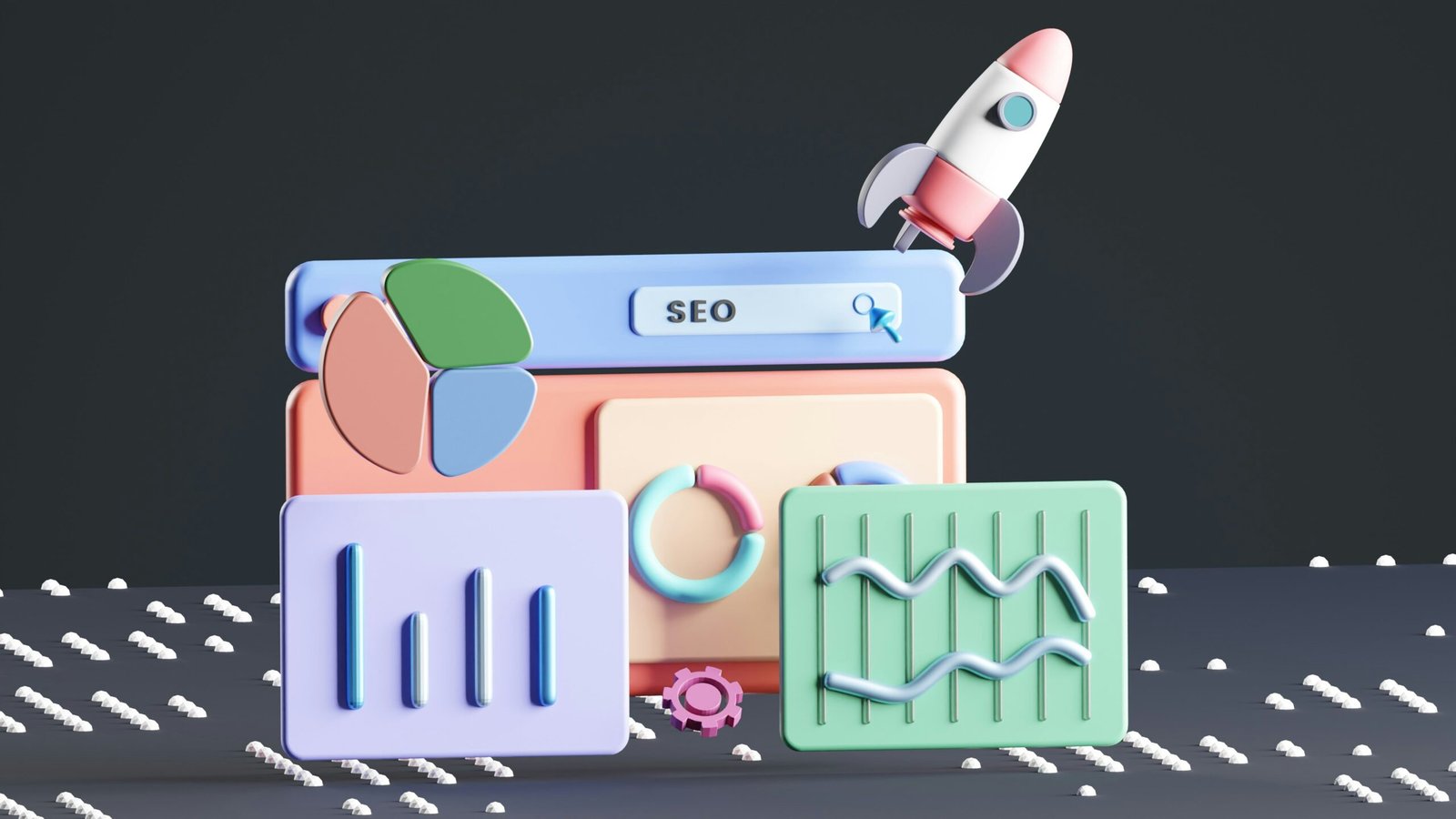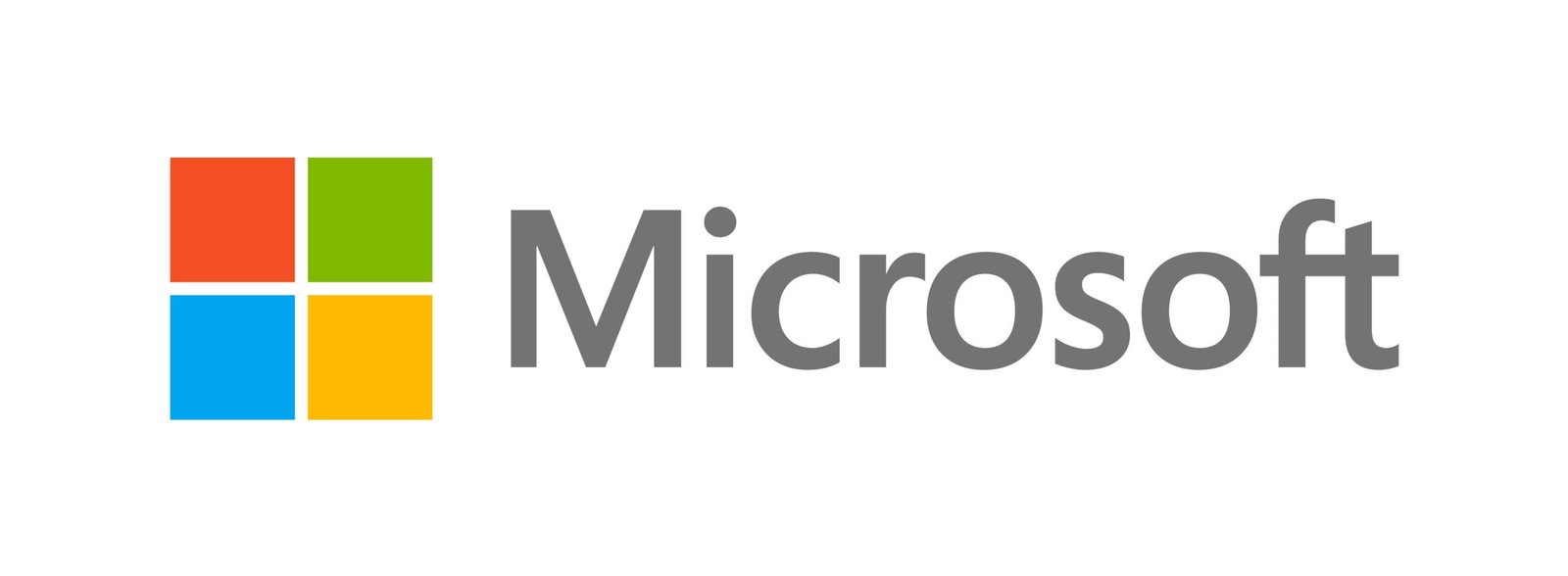
E-commerce continues to evolve, and having a well-optimized online store is more crucial than ever. With over 2.71 billion people shopping online, launching a successful e-commerce website in 2025 requires strategic planning, the right platform, and effective marketing tactics.
In this guide, we’ll walk you through the essential steps to create a profitable e-commerce store that stands out in a competitive digital landscape.
Why Start an E-Commerce Business in 2025?
E-commerce offers several benefits for entrepreneurs and established businesses alike:
Global Reach: Sell to customers anywhere in the world.
24/7 Availability: Generate revenue even while you sleep.
Lower Overhead Costs: No need for expensive retail space.
Data-Driven Insights: Track customer behavior and optimize marketing strategies.
Scalability: Easily expand your product offerings without physical limitations.
Choosing the Right E-Commerce Business Model
Before building your store, decide on your business model:
Individual Brand Stores: Sell your own products directly to customers.
Online Retailers: Offer products from multiple brands under one site.
Marketplaces: Allow third-party sellers to list products on your platform.
Social Commerce: Sell directly through Instagram, TikTok, or Facebook.
Selecting the Best E-Commerce Platform
Your platform choice will impact your store’s functionality and growth potential. Here are the top platforms to consider:
1. Hosted E-Commerce Platforms
Shopify: Best for beginners and scalable businesses.
BigCommerce: Great for enterprise-level e-commerce.
Squarespace: Ideal for design-focused online stores.
2. Self-Hosted Platforms
WooCommerce: Perfect for WordPress users who want flexibility.
Magento: Best for large, highly customizable stores.
3. Hybrid E-Commerce Solutions
Shopify Plus: Combines hosted convenience with advanced customization.
Adobe Commerce (Magento Commerce): A premium solution for growing enterprises.
Essential Steps to Build an E-Commerce Website
1. Register a Domain Name and Hosting
Your domain is your online identity. Choose a memorable, brand-aligned domain name and reliable hosting to ensure a smooth shopping experience.
2. Design a User-Friendly Website
Select a mobile-responsive theme.
Ensure fast page load times.
Use high-quality images and compelling product descriptions.
Include easy navigation and a seamless checkout process.
3. Add Products and Optimize Listings
Use AI-generated descriptions for SEO and clarity.
Implement high-resolution images with multiple views.
Categorize products properly for easier browsing.
4. Set Up Payment and Shipping Options
Offer multiple payment methods (credit cards, PayPal, Apple Pay, etc.).
Provide transparent shipping rates and delivery times.
Consider free shipping incentives for higher conversions.
5. Implement Strong Security Measures
Enable SSL certificates for secure transactions.
Use fraud detection tools and two-factor authentication.
Protect customer data with GDPR-compliant policies.


Marketing Strategies to Drive Sales
1. Search Engine Optimization (SEO)
Optimize product pages with relevant keywords.
Use schema markup for better search visibility.
Create high-quality blog content related to your niche.
2. Social Media Marketing
Run Instagram and Facebook ads targeting ideal customers.
Partner with influencers to promote your products.
Utilize TikTok and YouTube for viral marketing opportunities.
3. Email Marketing
Use automated emails for cart abandonment recovery.
Offer exclusive discounts and loyalty rewards.
Personalize recommendations based on customer behavior.
4. Paid Advertising (PPC)
Run Google Shopping Ads to capture high-intent buyers.
Test different ad creatives to maximize ROI.
Retarget visitors who left your site without purchasing.
5. Customer Engagement & Loyalty Programs
Offer points-based rewards for repeat purchases.
Provide exclusive member-only discounts.
Use gamification strategies to encourage engagement.
Trends Shaping E-Commerce in 2025
To stay ahead, consider these key trends:
AI-Powered Personalization: AI-driven recommendations boost conversions.
Augmented Reality (AR) Shopping: Helps customers visualize products.
Subscription Models: Encourage recurring revenue streams.
Sustainability Initiatives: Eco-friendly packaging and ethical sourcing are gaining traction.
Voice Commerce: More consumers use smart assistants to shop online.
Conclusion
Building a successful e-commerce website in 2025 requires more than just setting up an online store. You need a solid strategy for design, marketing, and customer engagement. By choosing the right platform, optimizing for conversions, and leveraging digital marketing, you can create a thriving online business.
Start your e-commerce journey with us today and take advantage of the growing online marketplace!
FAQs
1. How much does it cost to start an e-commerce website?
Startup costs range from $500 to $10,000, depending on platform choice and customization needs.
2. What’s the best platform for a beginner?
Shopify is user-friendly and ideal for new e-commerce entrepreneurs.
3. How can I drive traffic to my online store?
Invest in SEO, social media ads, email marketing, and influencer partnerships.
4. Is it necessary to hire a developer?
Not always. Many platforms offer drag-and-drop builders, but custom stores may require a developer.
5. What are the top payment gateways for e-commerce?
Popular options include Stripe, PayPal, Square, and Apple Pay.
The technology that we use to support you
Ready to reduce your technology cost?
See More Blogs
Partner with Us for Comprehensive IT
Call us at: 700-880-7871
- Client-oriented
- Independent
- Competent
- Results-driven
- Problem-solving
- Transparent











